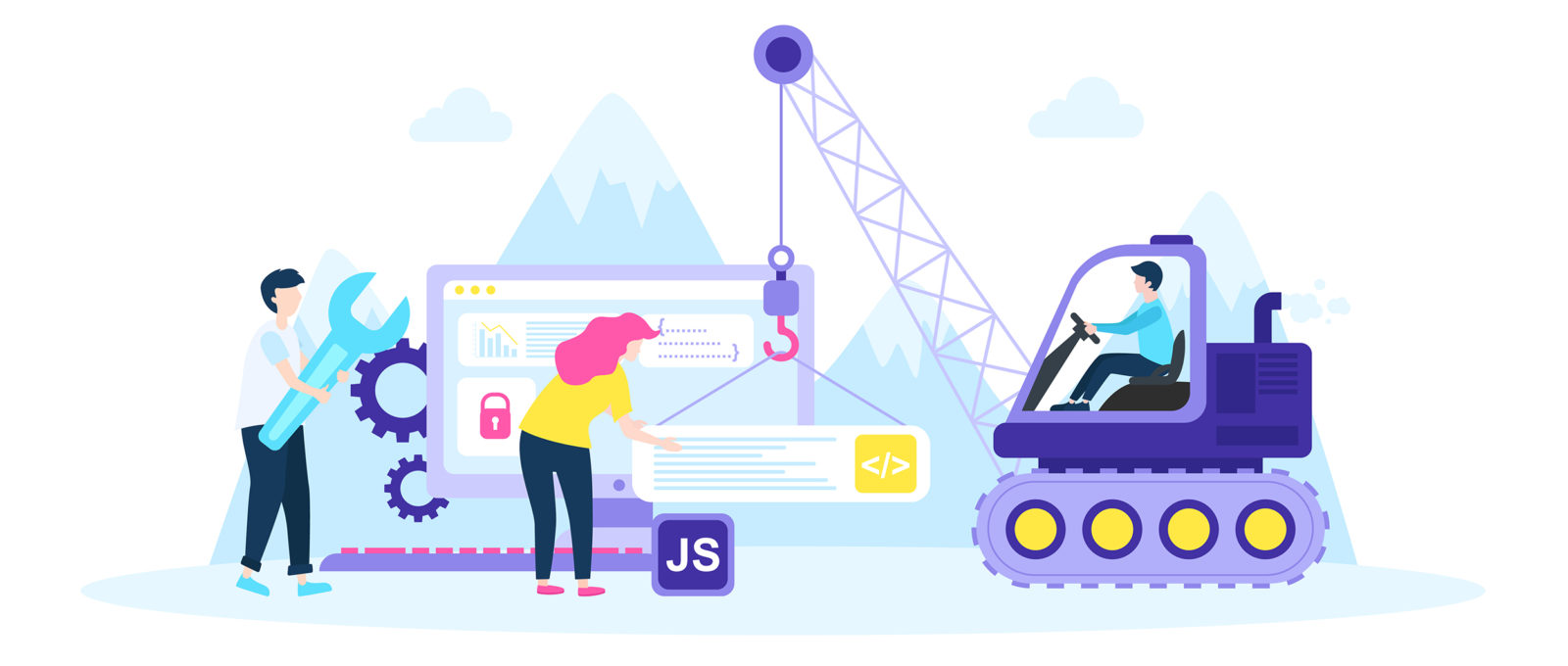Interested In Finding Out Exactly How Internet Site Design Has Changed Over The Years? Discover The Trip
Interested In Finding Out Exactly How Internet Site Design Has Changed Over The Years? Discover The Trip
Blog Article
Write-Up By-Hartley Stender
In the past, web sites were straightforward and concentrated on information. Navigating was direct, and layout was for desktops. Currently, user experience is vital. Data guides layouts for very easy navigation. Receptive layouts match different tools. Today, dark setting decreases strain, and minimalist menus improve navigating. Interactive attributes engage customers, and bold visuals stand apart. AI assimilation improves involvement. See just how design has progressed to improve your online journey.
Very Early Days of Web Design
In the very early days of web design, simplicity preponderated. Websites were standard, with minimal shades, font styles, and layouts. The emphasis got on giving details instead of showy visuals. Customers accessed the internet with slow dial-up links, so speed and functionality were vital.
Navigation food selections were straightforward, typically located at the top or side of the web page. Web sites were created for desktop computers, as mobile browsing wasn't yet widespread. Content was king, and developers prioritized simple readability over complicated style components.
HTML was the main coding language made use of, and designers needed to function within its restraints. Computer animations and interactive functions were minimal compared to today's criteria. Web sites were static, with little dynamic content or customized customer experiences.
Surge of User-Focused Style
With the development of website layout, a change in the direction of user-focused design principles has ended up being progressively famous. Today, developing internet sites that focus on customer experience is critical for involving site visitors and achieving company objectives. User-focused layout involves recognizing the demands, preferences, and behaviors of your target market to customize the site's format, content, and features appropriately.
Designers now perform comprehensive research study, such as customer surveys and functionality screening, to gather insights and comments straight from customers. This data-driven strategy assists in producing instinctive navigation, clear calls-to-action, and aesthetically attractive user interfaces that resonate with visitors. By positioning the user at the facility of the design procedure, internet sites can provide a more tailored and pleasurable experience.
Responsive style has also emerged as a crucial element of user-focused style, making sure that internet sites are enhanced for different gadgets and display dimensions. This versatility improves availability and usability, catering to the diverse means individuals connect with internet sites today. Essentially, the surge of user-focused style symbolizes a shift in the direction of producing digital experiences that prioritize the requirements and assumptions of the end customer.
Modern Trends in Website Design
Explore the most up to date trends shaping web design today. One popular fad is dark mode layout, offering a smooth and contemporary look while decreasing eye strain in low-light settings. Another essential trend is minimalist navigating, streamlining food selections and enhancing customer experience by concentrating on essential elements. Integrating micro-interactions, such as animated buttons or scrolling results, can create an extra engaging and interactive site. Receptive style stays critical, making certain seamless user experiences across various gadgets. In addition, making use of vibrant typography and asymmetrical layouts can include aesthetic interest and draw attention to particular content.
Incorporating mouse click the up coming web site , like chatbots for customer assistance or personalized referrals, boosts individual involvement and enhances processes. Accessibility has additionally come to be a considerable pattern, with developers prioritizing inclusive design practices to deal with diverse customer needs. Welcoming sustainability by enhancing website efficiency for speed and effectiveness is an additional emerging fad in web design. Teaming up with customer responses and data analytics to repeat and improve style continuously is necessary for staying relevant in the ever-evolving digital landscape. By accepting over at this website -day patterns, you can create an aesthetically attractive, user-friendly internet site that resonates with your target market.
Final thought
As you reflect on the development of internet site style from the very early days to currently, you can see just how user-focused design has actually come to be the driving pressure behind modern trends.
Welcome the trip of change and adaptation in website design, always maintaining the user experience at the center.
Stay present with the most up to date fads and modern technologies, and never ever stop advancing your method to produce visually sensational and straightforward web sites.
Progress, adapt, and create - the future of web design remains in your hands.
